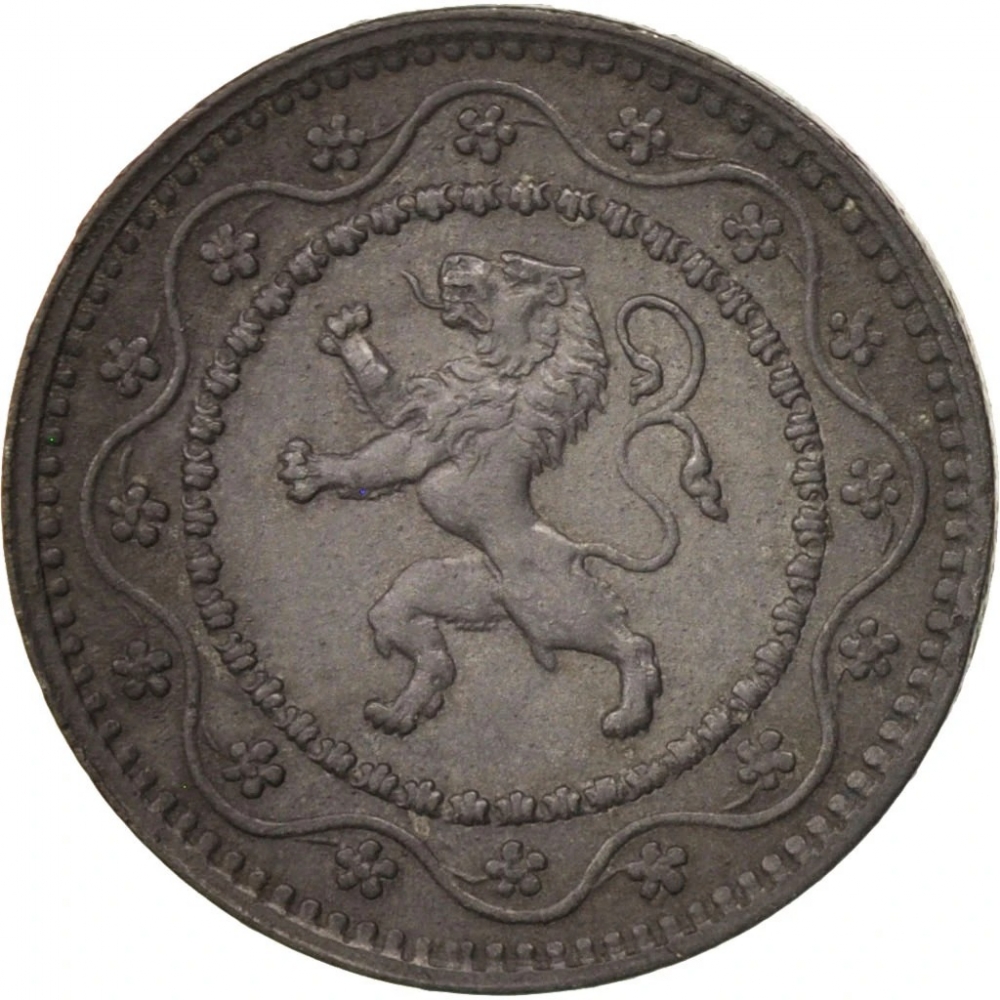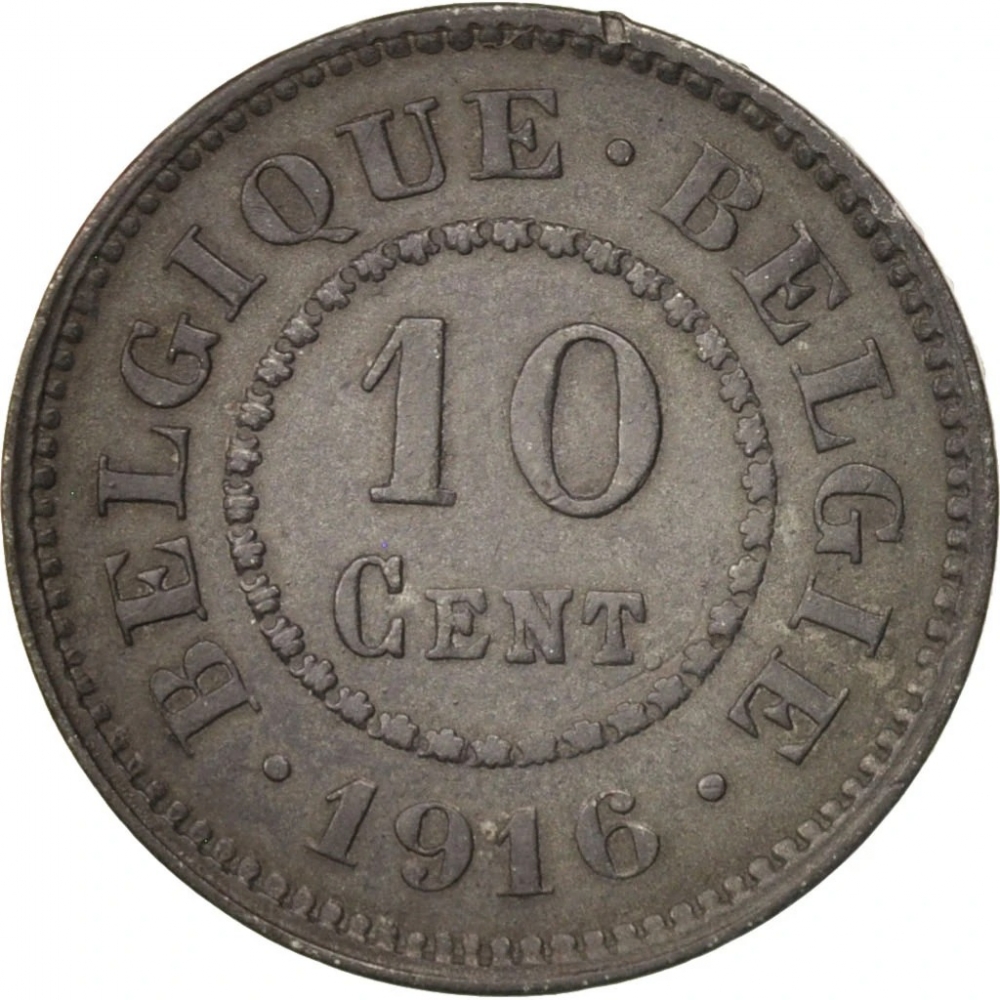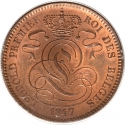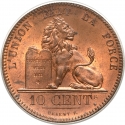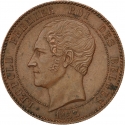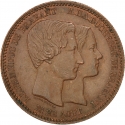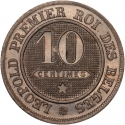You are about to finish your registration. Please check your mailbox (including spam folder). There should be a letter with a confirmation link. Check setting to make sure that your e-mail address is correct.
Send letter againDescription
The German occupation of Belgium of World War I was a military occupation of Belgium by the forces of the German Empire between 1914 and 1918. Beginning in August 1914 with the invasion of neutral Belgium, the country was almost completely overrun by German troops before the winter of the same year as the Allied forces withdrew westwards. The Belgian government went into exile, while King Albert I and the Belgian Army continued to fight on a section of the Western Front. Under the German military, Belgium was divided into three separate administrative zones. The majority of the country fell within the General Government, a formal occupation administration ruled by a German general, while the others, closer to the front line, came under more repressive direct military rule.
From August 1918, the Allies advanced into occupied Belgium during the Hundred Days Offensive, liberating some areas. For most of the country, however, the occupation was only brought to an end in the aftermath of the armistice of November 1918 as the Belgian Army advanced into the country to replace evacuating German troops in maintaining law and order.
Obverse

|
Depicts a heraldic lion (Leo Belgicus) surrounded by a flower wreath. |
|---|---|
Reverse

|
Depicts facial value inside a beaded circle surrounded by the bilingual (French and Flemish) country name, date below. BELGIQUE • BELGIË |
| Edge |
